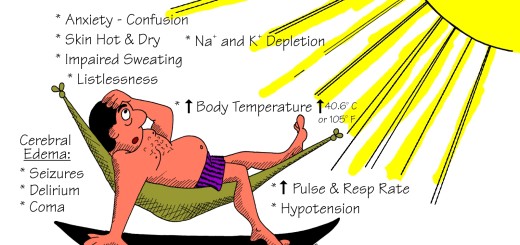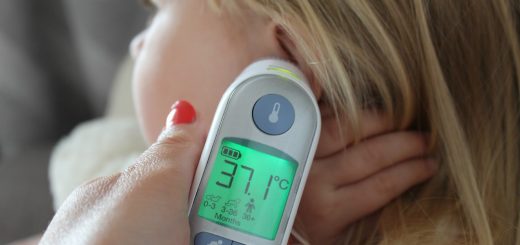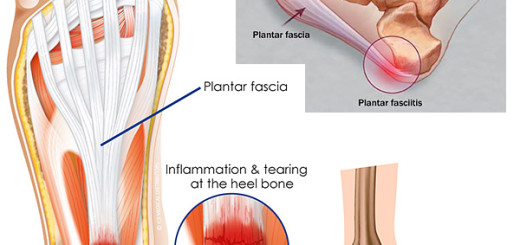Resuscitation of the Drowning Victim
Approximately 7,000 people drown annually, making drowning the third-leading cause of accidental death in the United States. Drowning is an important topic for first aiders and first responders to know about.
Freshwater drownings are more common than saltwater drownings, and there are more immersion accidents in pools than in lakes, ponds, and rivers. The peak incidence occurs in the warm months and most commonly involves teenagers and children under the age of 4.
What Happens During Drowning?
Drowning is death from suffocation after submersion in the water. There are two basic mechanisms:
- Breath-holding. which leads to aspiration of water and wet lungs
- Laryngospasm with glottic closure and dry lungs.
Both of these mechanisms can lead to profound hypoxia and death. Most adults who have drowned have about 150cc of fluid in their lungs. The amount is enough to produce profound hypoxia. In the prehospital phase, hypoxia is the primary concern. Survival of the victim depends on your rapid evaluation and management.
First Aid for Drowning
Initiate management as soon as possible. Be aware of surfing and diving mechanisms that indicate a potential cervical spine injury. If possible, protect the cervical spine during the rescue of the patient.
In water, CPR is generally ineffective. Remove the patient to a stable surface as soon as possible; then initiate CPR and the appropriate protocol.
In cases in which hypothermia is responsible for the near-drowning, it appears to provide the brain, heart, and lungs some degree of protection by slowing the metabolism. Therefore, no one is dead until warm and dead; do not stop CPR!
Remember to consider your own personal safety when dealing with a drowning emergency. Do not enter the water unless you are specifically trained and equipped to do so.





